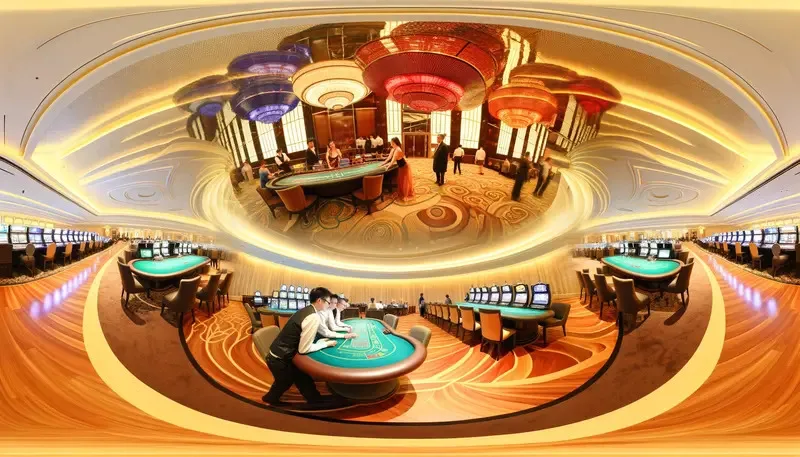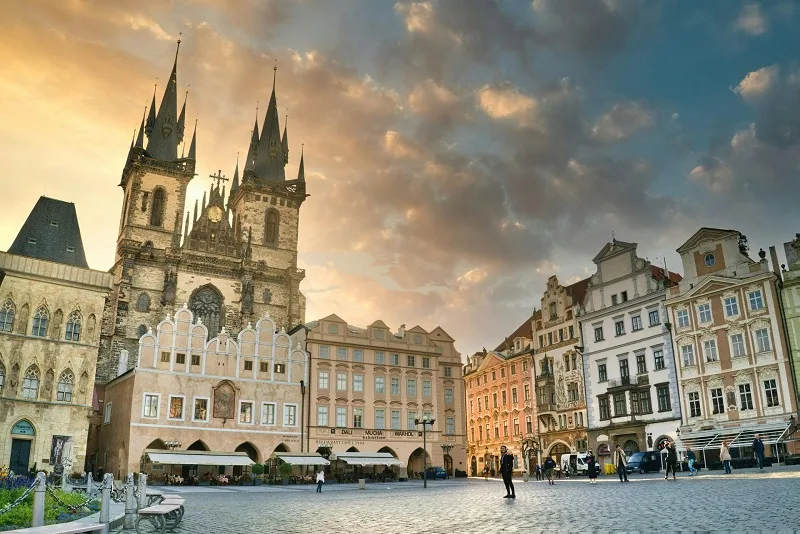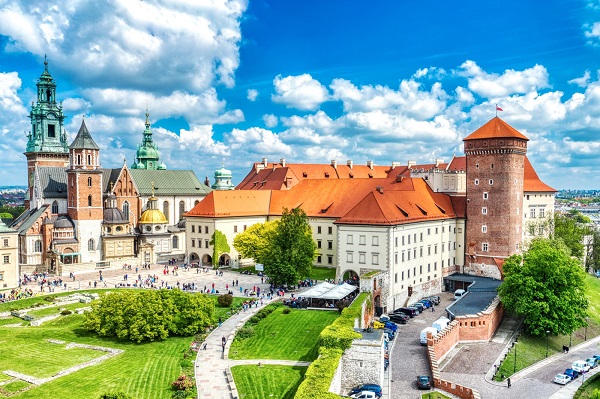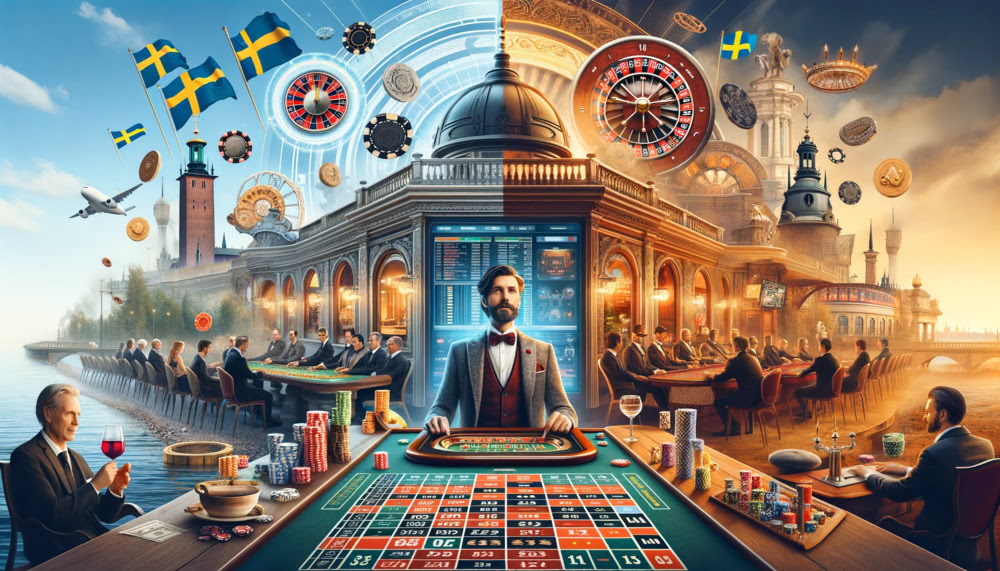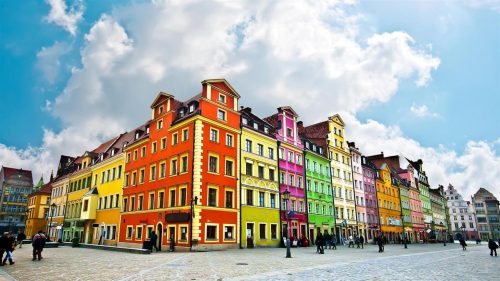
Travelling around Poland: 5 places to go from Wrocław for a day
Tired of the monotonous routine and bored with the same scenery outside your window, it’s time for a change of scenery. Pack your bags and head off to the unique and inspiring places in Poland. Today we would like to introduce you to the Lower Silesia Voivodship. As it is home to many nationalities, you may be interested in this touristic route. It will take you only a few hours to visit each of the towns on our list.
№1. Jawor
Outside the historical centre lies the main attraction of the town, the Temple of Peace. Unfortunately, it is not much visited by tourists. It is worth to say that there are 2 churches in the country and their history is quite interesting and unique at the same time. Did you know that it is not an easy task to build a temple in a short time out of improvised materials? But despite that, the local community did it in 1 year and the result is still admired by tourists to this day. Two of the 3 similar structures are still standing and are still intact, but today they have been given to the Catholics.
The Peace Church in Jawor strongly resembles a half-timbered granary in central Thuringia from the outside. Once inside the structure, you’ll see a real work of art. The sound of a century-old organ complements its unrivalled magnificence. A small token fee is payable upon entering the church.
There is also the Castle of the Piast, which has a long history and is awaiting funding for renovations. It was built in the first half of the 13th century and was the residence of the Jaworski and later the Svidnicki princely families. In 1490 the Czech King Vladislav Jagellonik visited the castle, which became an ITL and a prison since 1742.
Be sure to visit the other points of interest in Javor:
- St Martin’s Church;
- The local town hall, styled in the Dutch Neo-Renaissance style;
- The medieval city walls and other religious and civic buildings.
Javor can be reached by train, but it is not very comfortable. From Wroclaw take a minibus, which leaves from the bus stop on Dawida, 2. Alternatively, you can transfer by train to Legnica or Svidnica.
№2. Swidnica
Here you can see the second Church of Peace, which survives to this day. Also worth a visit is the Cathedral of St. Stanislaus and Wenceslas which was built in the 14th century. It is a Gothic monument of Świdnica and the largest religious building in Lower Silesia. It is worth paying attention to the stained glass windows, which are considered the largest in the province, and the tower is over a hundred metres high – it is one of the three tallest towers in the country.
Don’t miss the most interesting place in town – you’ll find the Market Square with the long-suffering Town Hall at its centre. It dates back to the 13th century. You can also eat out on the square.
From Wroclaw you can get to Świdnica on the train. You can also get here from nearby Jawor by train.
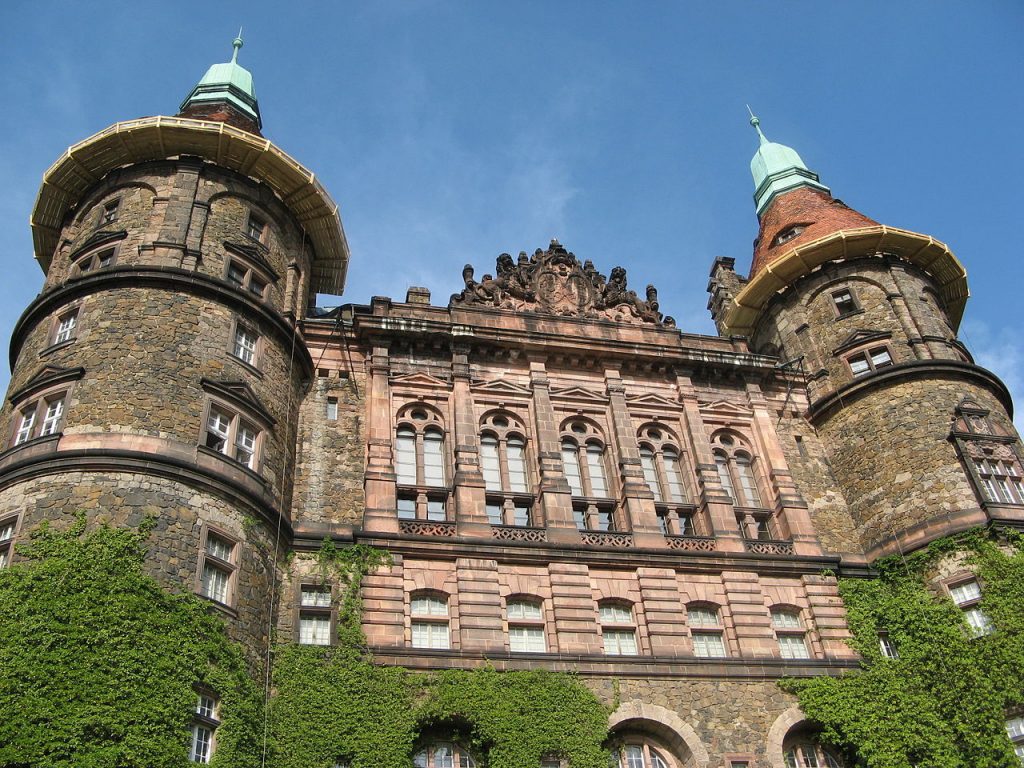
№3. Ksienrz Castle and Swiebodzice
This historic building is very famous and is the 3rd biggest castle in the country. It is regularly ranked among the most beautiful places in Europe.
The first mention of the castle dates back to the 13th century, and the 30-meter high donjon and the medieval castle parts were built in the 2nd half of the 14th century. The von Hochberg family owned the castle from the 15th century until the end of the 1940s.
This historical event made some adjustments to the decoration of the structure, underground levels were built, which slightly damaged the structure.
The royal stables are situated near the castle – it is still not clear why the locals call them “Royal Stables”, but the more interesting they are. It is worth noting that they were built in the late 1940s.
A river flows near the castle, which is said to contain gold.
The town of Świebodzice is only 5 km away from the castle. There is a well-preserved palace building, styled in the English Neo-Renaissance style, with a park and a zoo around it. Today it is the seat of the convent of the School Sisters of Notre Dame. Attractions include:
- Town Hall;
- The Church of St. Nicholas;
- Medieval city walls.
You can get here by train from Wroclaw, bus.
№4. Klodzko
Strange as it may seem, even the inhabitants of Poland have not yet been able to see the true beauty of this town. It is situated in an interesting location that connects with the Czech Republic. During the years 1945 – 1947, there was a fierce debate as to which of the two cities it should belong to. – There was a bitter dispute as to which country Kłodzko belonged to. Some of the buildings and decoration inside the town are very much reminiscent of Czech towns. The main attraction is the Gothic style bridge on Mlynówka.
The bastion castle dominates the town, and was rebuilt on its site in 1577. It was rebuilt between 1680 and 1702 and expanded by Frederick the Second Great. Be sure to climb the tower and experience the indescribable beauty. There are also 2 trails for hikers going underground, one of which goes inside the fortress.
There is so much to see in Klodzko:
- The Church of the Assumption of the Blessed Virgin Mary;
- neo-Renaissance town hall;
- And many interesting buildings, streets and restaurants.
It will take you just 2 hours to get to Klodzko from Wroclaw by train.
№5. Duszniki-Zdroj
Situated on the border with the Czech Republic is the small town of Duszniki-Zdrój. The interesting thing is that there is a paper mill on the territory of the town, which is a place that can be admired by tourists. The complex consists of 2 buildings.
Today the factory operates as a living museum, simultaneously hosting tourists and producing products. Do you want to see how paper was produced 3 centuries ago? You can buy souvenir products, but the cost is not too low.
In addition to the factory you can also visit:
- St Peter and Paul’s Parish, built in the 17th century;
- Town Hall Square;
- The Chapel on Mount Hermit from the 18th century;
- Chopin Theatre.
The town can be reached by train.

